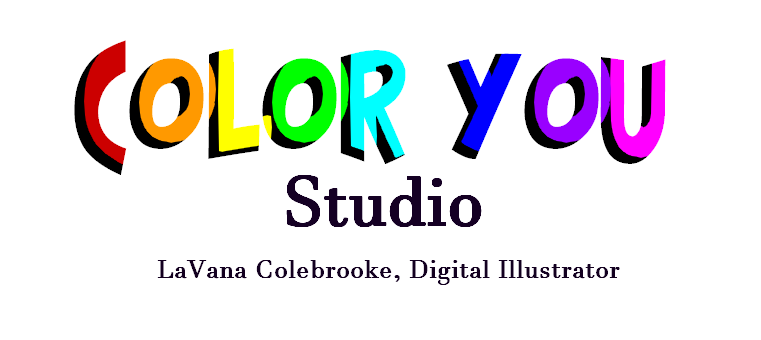Why Red Pens Are a No-Go in My Tutoring Sessions – A Colorful Insight!
Red ink has always been a color that I associate with mistakes and corrections. The sight of a paper covered in red marks can instantly bring back memories of low grades, harsh comments, and a sense of failure. The big red circle around a low grade at the top of the paper, the huge (well, they looked big) negative marks that took away points, and the comments - OH! - the comments of the teacher in red. For many of us, that color has marked us as something wrong in a condescending way.
It may not have been the intent, but the message was loud and clear: you don't know what you're doing, so let me decorate your work in red for everyone to see. Red isn't normally such a "bad" color. It can represent strength, love, danger, and a warning. However, in the context of grading, it has been used in a way that puts it into such a "bad" light.
As students, we are more in tune with our emotions than previous generations. Imagine how students nowadays feel when they see their work marked in red ink. It's no wonder that many educators are now opting for purple ink instead.
The question remains, does it really matter what color is used to mark papers?
Heck yeah.
When tutoring, I purposely use bright colors to engage my students in their work. Coupled with some fun doodles on the side, it creates a safe and fun learning environment that keeps them mellow and not in the red.
Believe me when I say that if I could use glitter ink, I would. The point remains, color is important to a child's development, environment, and education. Let's explore the reasons why.
The Psychological Impact of Red Ink
The psychological impact of red ink on students cannot be underestimated. Red is a color that is often associated with danger, warning, and negativity. When students see their work marked in red, it can trigger feelings of anxiety, stress, and fear. These emotions can have a negative impact on their self-esteem and motivation to learn.
According to the article "Child Psychology and Color: Hues Influencing Young Minds," colors have a significant impact on a child's psychological development. Red, in particular, can evoke strong emotional responses. This is why many educators are now opting for more calming and less intimidating colors, such as purple.
The Benefits of Using Purple (Glitter) Ink
Purple is a color that is often associated with creativity, wisdom, and calmness. When used in grading, it can create a more positive and encouraging environment for students. The article "Color Matters and Child Development | Psychology Today" discusses how different colors can influence a child's emotions and behavior.
Using purple ink can help reduce the negative emotional responses that students may have when they see their work marked in red. It can also promote a sense of calm and creativity, which can enhance their learning experience.
Gr 3 ELA Long O and Furry Critters
Engaging Students with (VERY) Bright Colors
As a tutor, I have found that using bright colors can help engage students in their work. Bright colors are visually stimulating and can capture a child's attention. The article "The Impact of Colors on Children" highlights the importance of using colors to create an engaging and stimulating learning environment.
When I use bright colors in my tutoring sessions, I often see an increase in my students' motivation and engagement. They are more likely to participate and enjoy the learning process. Coupled with fun doodles and creative annotations, bright colors can make learning more enjoyable and less intimidating.
Gr 3 Math and Colorful Creatures
Psychological Effects of Colors in Education
Colors play a significant role in shaping the learning environment and influencing students' emotions, behavior, and cognitive processes. Here are some key psychological effects of colors in education:
1. Red
- Stimulates Excitement and Energy: Red is a warm color that can increase heart rate and stimulate excitement and energy. It can be useful in areas where physical activity is encouraged.
- Triggers Anxiety and Stress: However, red can also evoke feelings of anxiety and stress, which may not be conducive to a calm learning environment.
2. Blue
- Promotes Calmness and Focus: Blue is a cool color that is often associated with calmness and tranquility. It can help reduce anxiety and promote focus, making it ideal for classrooms and study areas.
- Enhances Productivity: Blue is also known to enhance productivity and concentration, which can be beneficial for tasks that require sustained attention.
3. Green
- Creates a Relaxing Environment: Green is another cool color that is associated with nature and relaxation. It can create a soothing and refreshing environment, which can help reduce stress and improve concentration.
- Boosts Creativity: Green is also linked to creativity and can stimulate innovative thinking.
4. Yellow
- Increases Attention and Enthusiasm: Yellow is a bright and cheerful color that can capture attention and increase enthusiasm. It can be used to highlight important information and make learning materials more engaging.
- Improves Memory: Yellow is also known to improve memory and comprehension, making it a useful color for educational materials.
5. Orange
- Stimulates Energy and Enthusiasm: Orange is a warm color that can stimulate energy and enthusiasm. It can be used in areas where active participation and engagement are encouraged.
- Promotes Social Interaction: Orange is also associated with social interaction and can create a welcoming and friendly environment.
6. Purple
- Encourages Creativity and Imagination: Purple is a color that is often associated with creativity and imagination. It can be used to create an inspiring and stimulating learning environment.
- Promotes Calmness: Like blue, purple can also promote calmness and relaxation, making it suitable for areas where students need to focus and concentrate.
Gr 5 Math and Color Coded
Final Thoughts
So yes, the color used to mark papers does matter. Red ink has a psychological impact on students that can negatively affect their learning experience. By opting for more calming and positive colors, such as purple, educators can help create a more encouraging and engaging environment for their students.
And if you are someone looking for a patient and engaging private tutor for core subjects k-9, book a FREE 15 consultation to start.
And remember, a little creativity and color goes a long way!
💖🎨⭐
Love, Light, and Art
Your Digital Illustrator ~ LaVana C.
#tutoringonline #onlinetutor #tutoringandart #SPED #ADHD #onthespectrum #digitalartist #illustrator #artistdailylife




